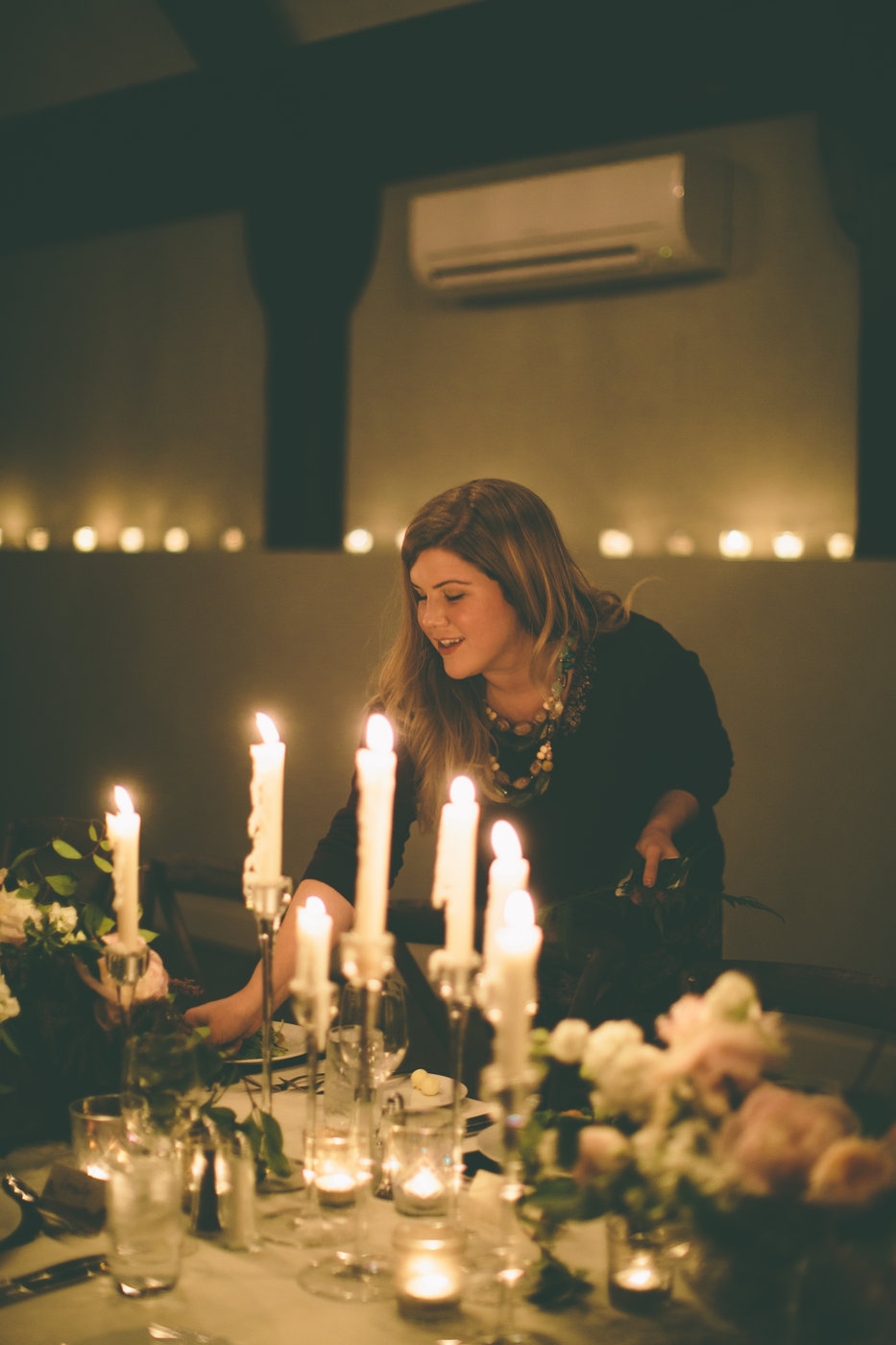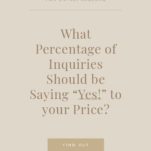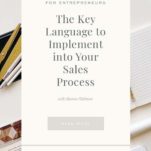Keep Reading
How to Charge what you’re worth
Have you ever discounted your price out of fear that the client would say no to what you actually wanted to charge? My friend Kaitie Bryant said it this way: “I charged (wait for it!) $250 for my first wedding I shot and probably felt bad for taking any money. It’s been such a journey […]

Paragraph
Have you ever discounted your price out of fear that the client would say no to what you actually wanted to charge?
My friend Kaitie Bryant said it this way: “I charged (wait for it!) $250 for my first wedding I shot and probably felt bad for taking any money. It’s been such a journey figuring out pricing, learning about emotional pricing, burning at both ends, and finally coming to a place where I really understand what I need to charge to stay in business and sane.”
I was on the phone with my friend Jenn the day after a webinar on pricing for my pricing course, Pricing for Creatives. She said, “I was blown away with your comment in the video yesterday that only 30% of people should be saying yes.”
“Why?” I asked. “Because I bet 100% of yours are!”
She replied, “Yes! Why do I believe if someone says my price is too high, I have failed?”
___________________________________________
Why do WE believe if someone says our price is too high, WE have failed?
Ugh! I guess that people pleasing nature in us effects even our pricing. The truth is we really don’t want everyone to say yes. Because when they do, we feel overworked and underpaid.
Easier said than done though, right?!
Whether we discount out of fear, out of obligation to family, friends and “friendors,” or in hopes of building relationships, sometimes it’s easy to wonder if people will ever pay what we want to charge. And then the scarier thoughts take over: “Is something wrong with me for even wanting to charge that?”
Whether it’s our bank accounts or our emotions, discounting hurts us.
Did You Know?
Only 30% of inquiries should be saying yes to your price!
I want to adjust your thinking for a second. Will you stick with me?
I’ve seen this time and time again! We put ourselves out there, send over our price, and the client says “Whoo, that is wayyy too high.”
Our knee jerk reaction is to offer a discount and book the deal because any client is better than no client, right?!
Actually no!
When I worked in finance, I went through a lot of sales training. (More on the art of the sale, here.)
One of the lessons I learned was to stick it out for three. We had to overcome three objections before we stopped asking for the sale. Hear “no” three times before stopping. Okay, that’s harsh. And if any of you have ever bought a used car off the lot, it can also be annoying. It’s also extremely difficult to do both mentally and emotionally! Believe me, I’ve tried!
Although I’m not an advocate of the methodology, I think there is something to this tried and true sales principle. When a client says “no” to our price, it feels like rejection, and we often just quit asking. But really, you and I know we are the solution to what they need. So here’s the take-away: It’s not about the price; it’s about the presentation!
Here’s an exercise: I want you to think about all the objections you normally hear when a client doesn’t ultimately book you. Take a minute and write those down now.
Then, ask yourself: Is there something you could implement in your sales process to overcome these objections by spending more time educating the client?
Here’s a great example from the floral industry.
As many of you know, I worked with renowned floral designer Amy Osaba for about three years, both as a floral designer and her business guru before I officially launched my consulting company. I learned a LOT working with her that became essential to how I approach finance and business in the creative circles today. Amy was known as the “expensive florist” and was often undercut by other (usually newer!) floral designers in the Atlanta area.(Ever had that happen?!)
So when we heard the price was too high as a pushback, we wanted to figure out why? Who did they ultimately go with? How was the value (our actually deliverables) not “worth” the price tag? How could we communicate our value better?
So we started implementing some key language into our sales process.
We discussed the types of flowers we used, we adjusted the layout of our proposals, we started articulating Amy’s response to flower crisis on wedding days (something that can only come with time and experience), and we talked about other factors that educated the client on why we charge what we do!
And I do the same in my consulting practice today! I still hear no’s. But as my Truth #2 states: Only 30% should be saying yes. “No” is actually a good thing. It means you’re leaving room for the right clients at the correct price point. And as more and more educators and business coaches come into the market, I can either get upset and feel threatened by “competition,” or I can choose to continue educating my clients on why I charge what I do. I give them information they should be considering in their buying decision, such as my thirteen years of experience, the multiple degrees and years of continuing education, my client success stories (because those speak for themselves), and so much more.
I don’t think any of us are trying to hoodwink our clients to pay more than they should. But we do have to learn to charge a profitable price for our goods.
Next time, instead of jumping straight to the discount, I want you to stick it out for three. Figure out how to incorporate educating the value and why behind your price without lowering it.
And then, at the end of the day remember, Only 30% of inquiries should be saying “YES!” If you are booking 100%, that’s a sure sign your price is ready to go up (supply & demand baby!). And if you’re not booking 30%, that’s a good sign there is something broken in your sales approach, or you’ve landed in the wrong market. When we discount our work and charge pricing that isn’t truly profitable, we aren’t just hurting ourselves, we’re hurting the entire industry. This will land you super quick amongst the overworked and underpaid.
And if you’re too scared to turn down a client, then let me help you define enough and figure out the number you actually need to be able to pay the bills. I promise, that profitable, sustainable, business of your dreams is a lot closer than you think! You could be the next Blueprint success story — join the next class of The Blueprint Model!
Until next time,
Shanna
Join the Conversation below :
Have you ever discounted your price out of fear that the client would say no to what you actually wanted to charge?
*Want to save this to read later? Click the red button below to Pin it 
July 30, 2018
Previous Post:
Next Post:
And if you found this helpful, share with your friends!



[…] Related : How to charge what you’re worth! […]
[…] is referring to an article I wrote entitled “How to charge what you’re worth”. In the article I shared about a sales tactic I was taught when I worked in finance – stick it out […]